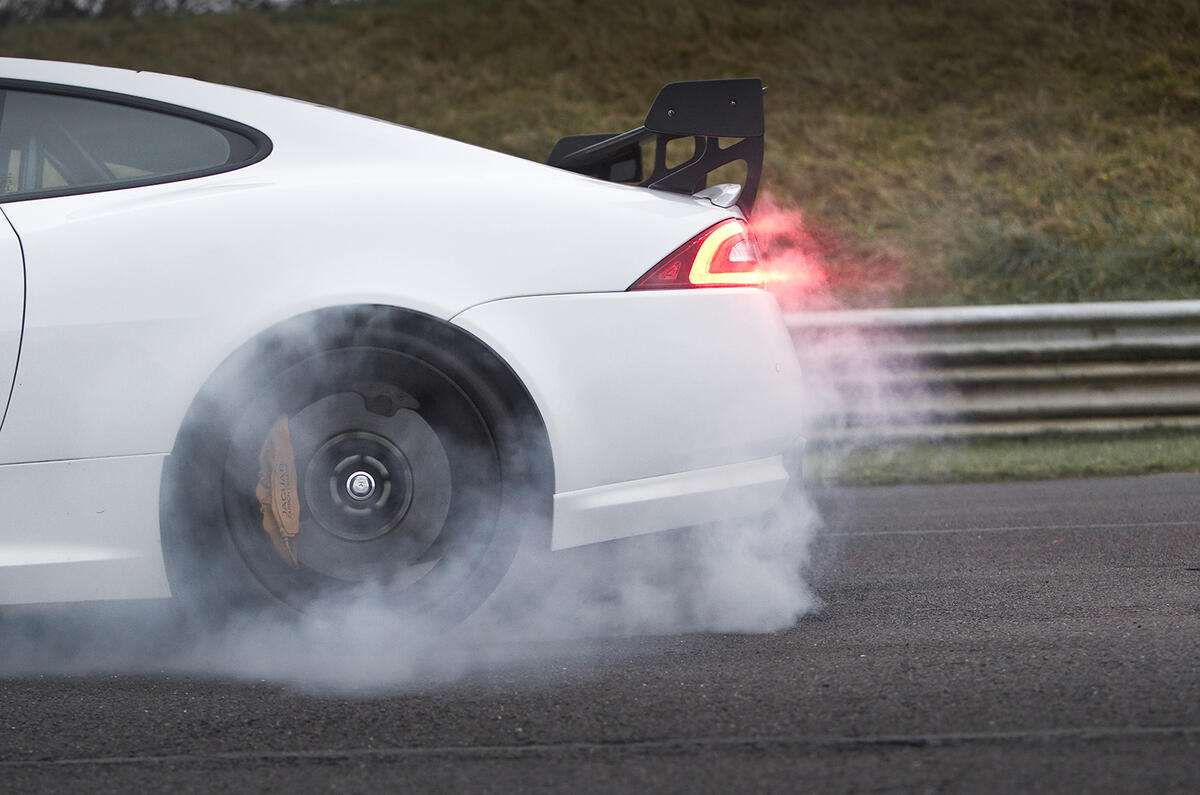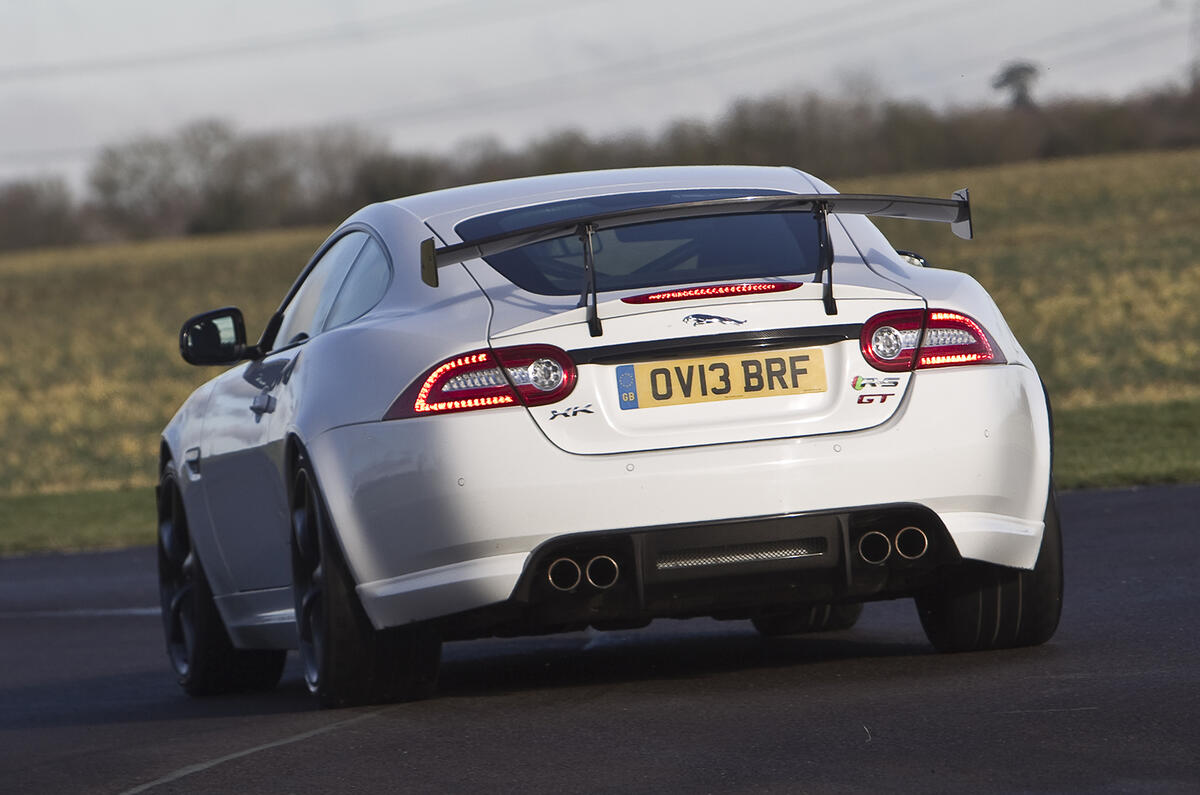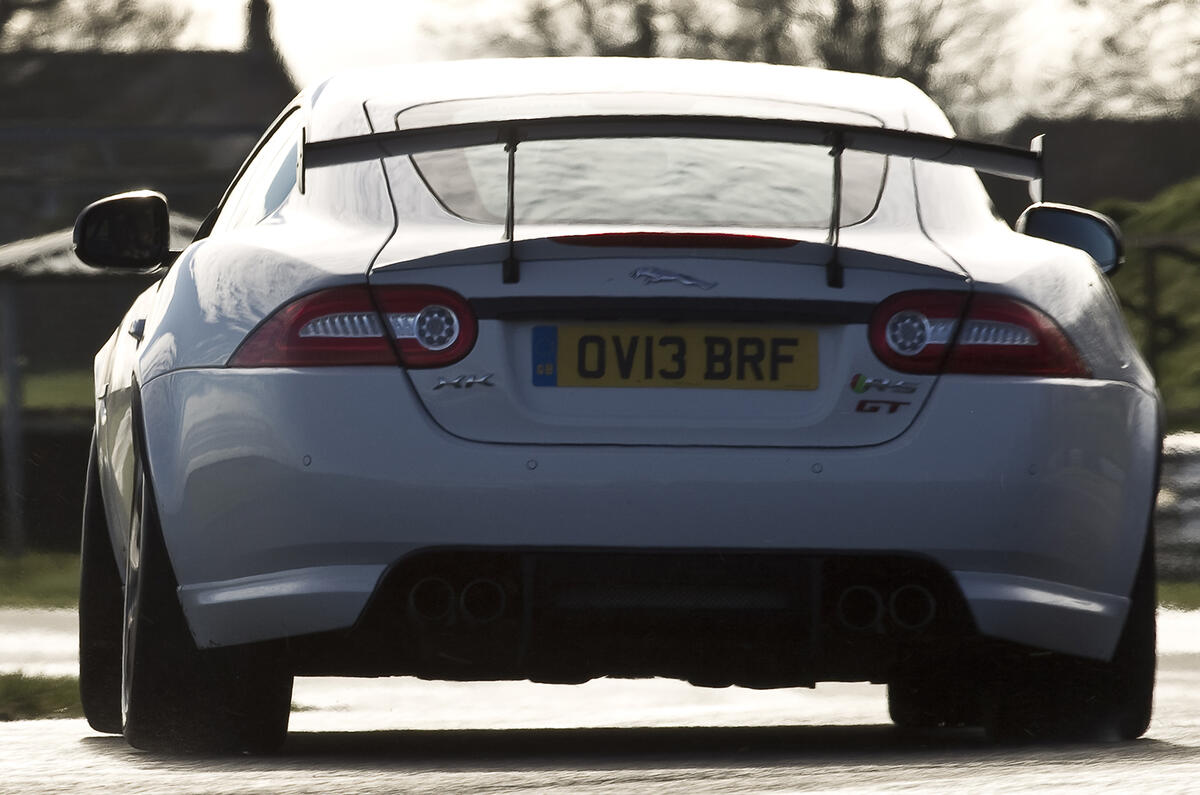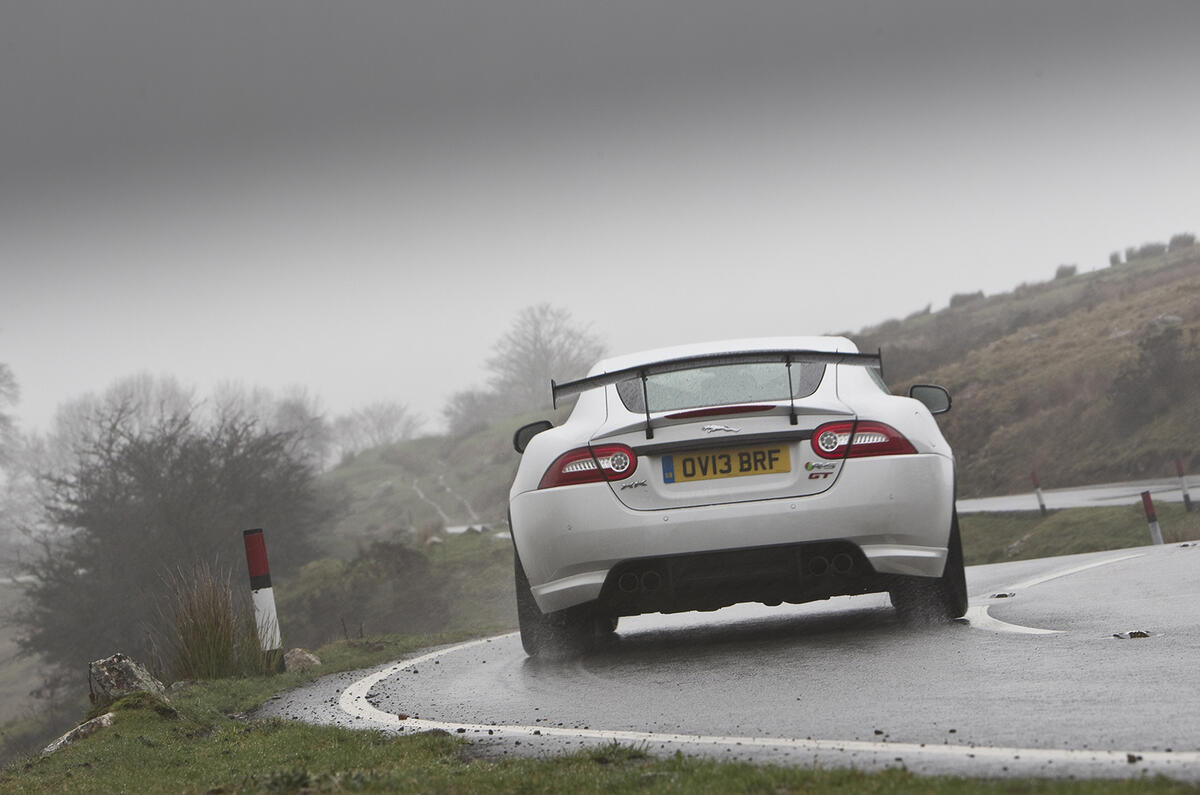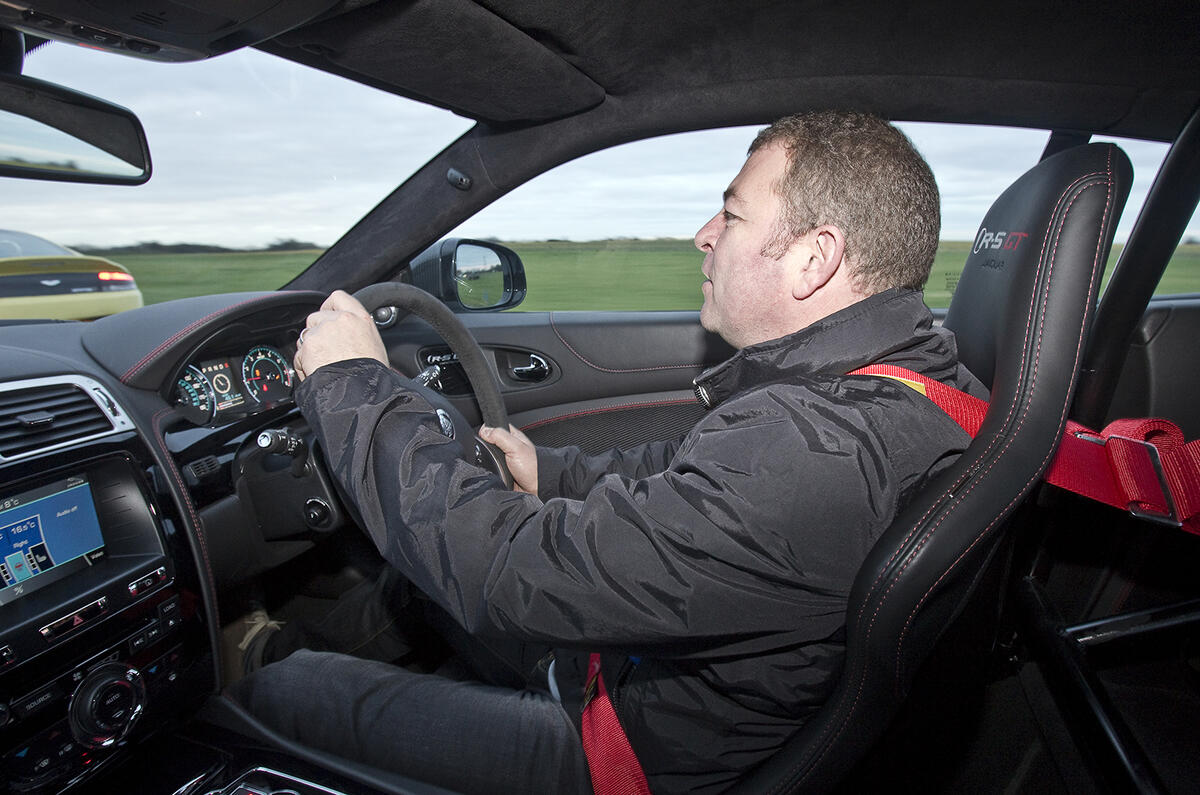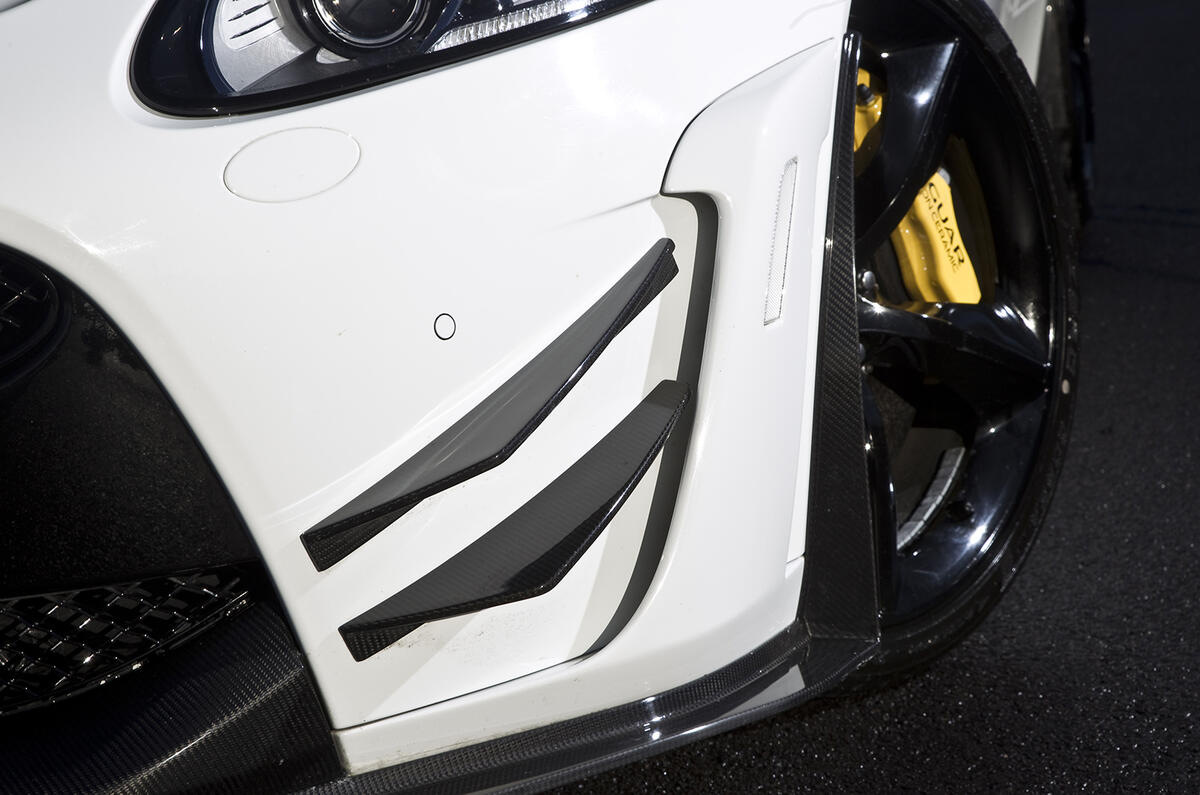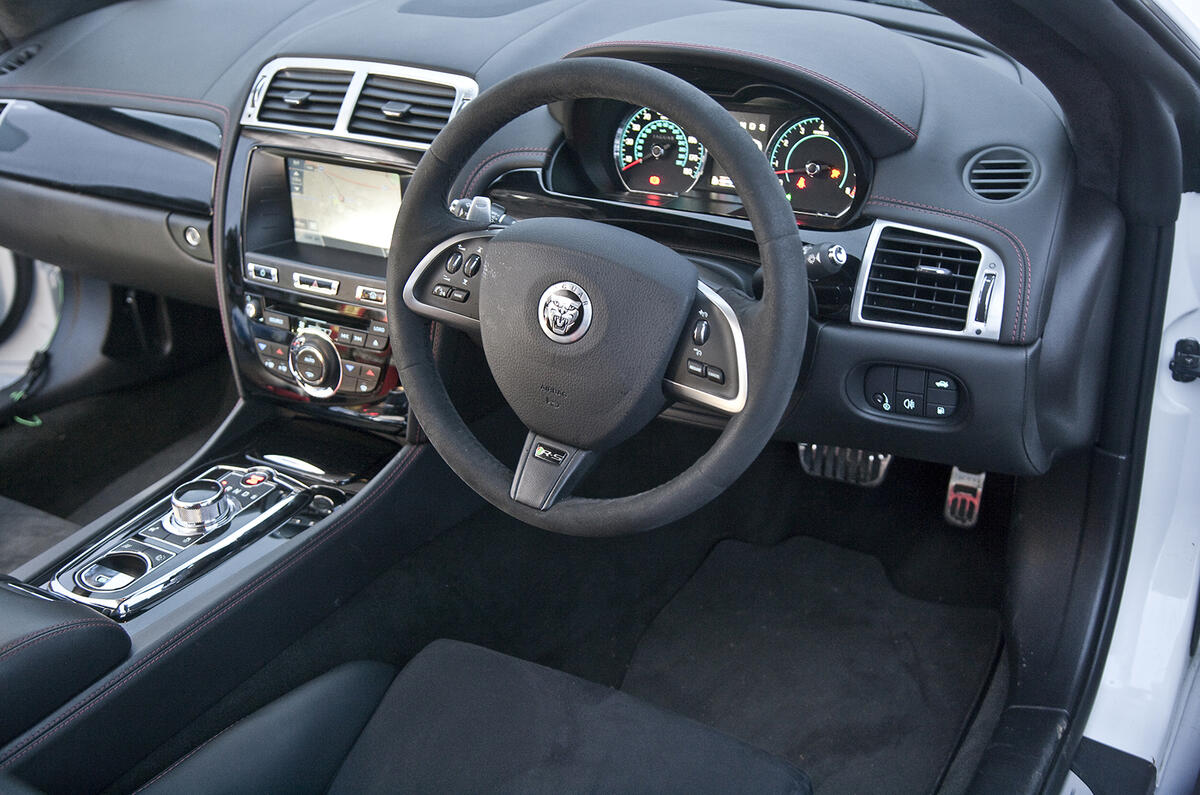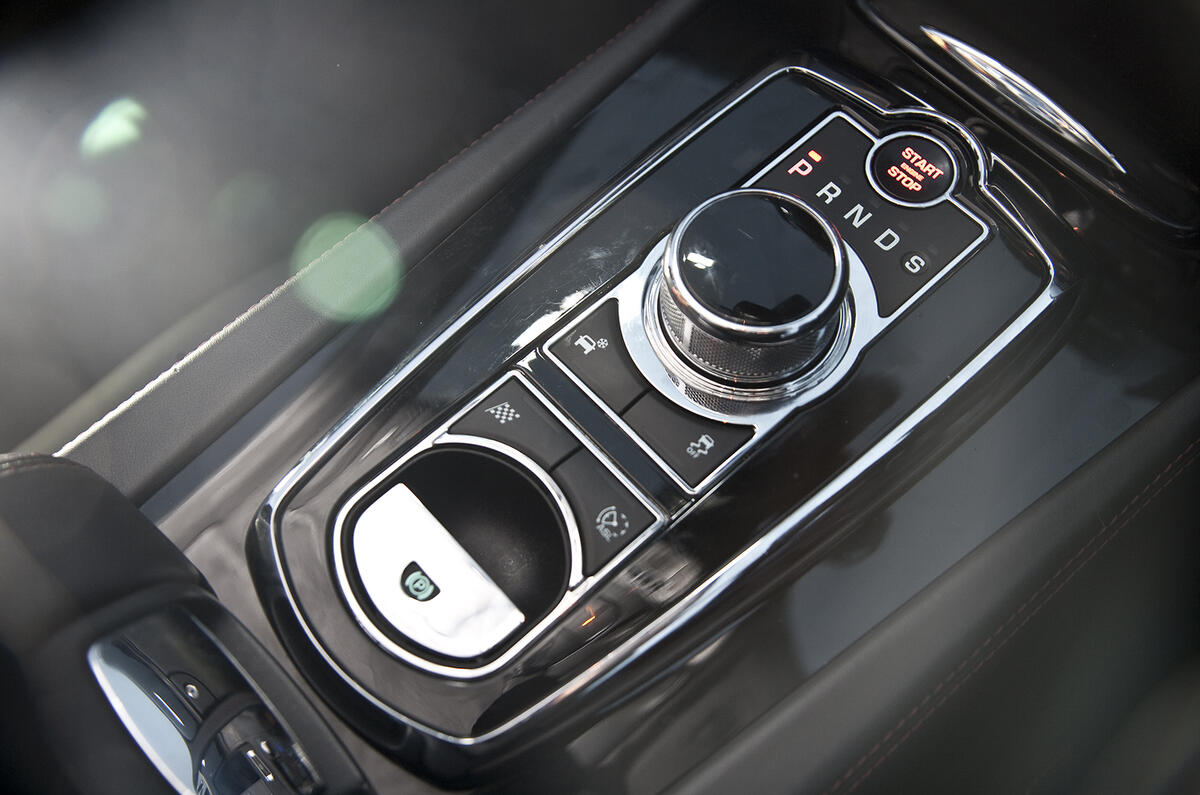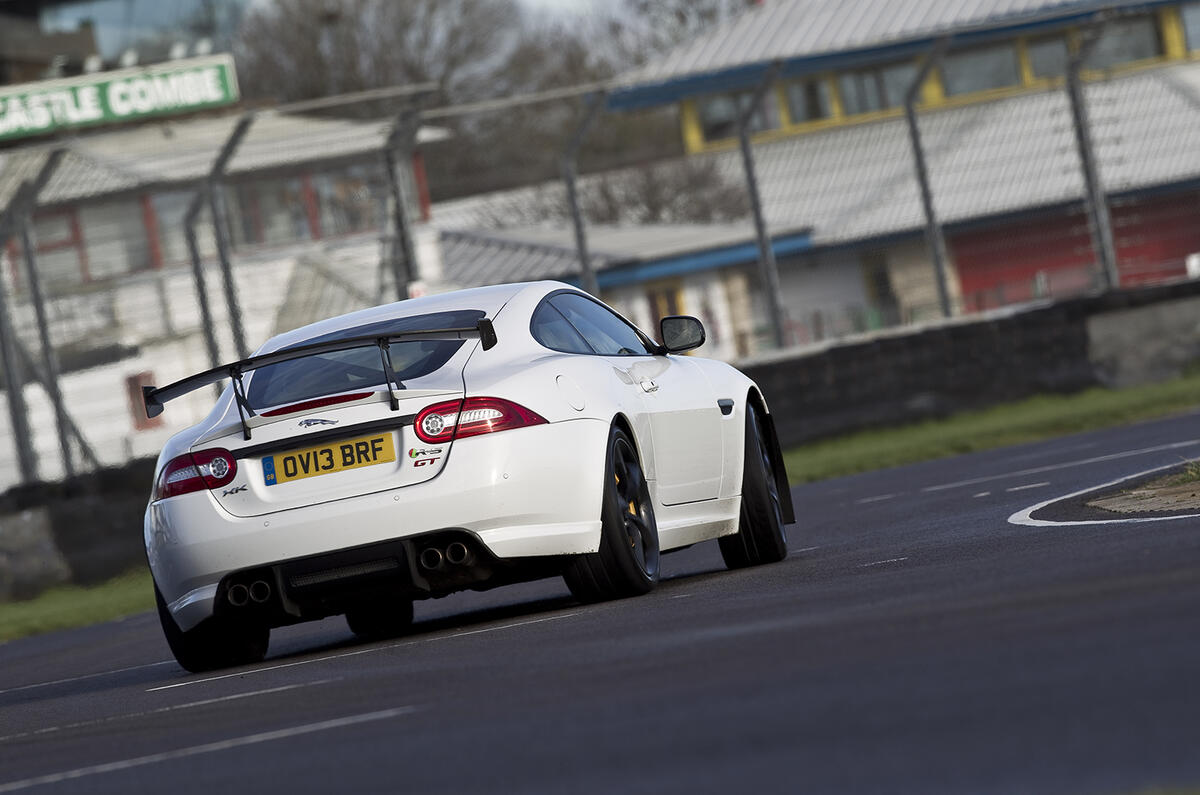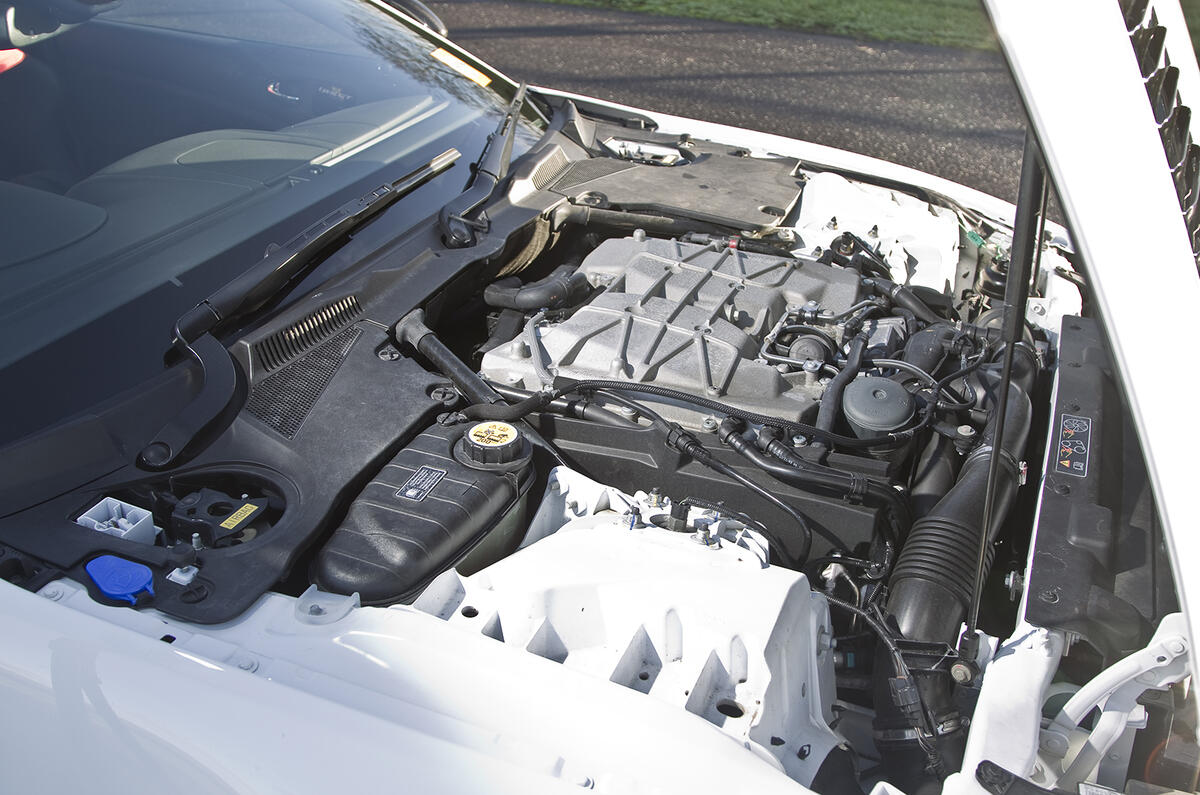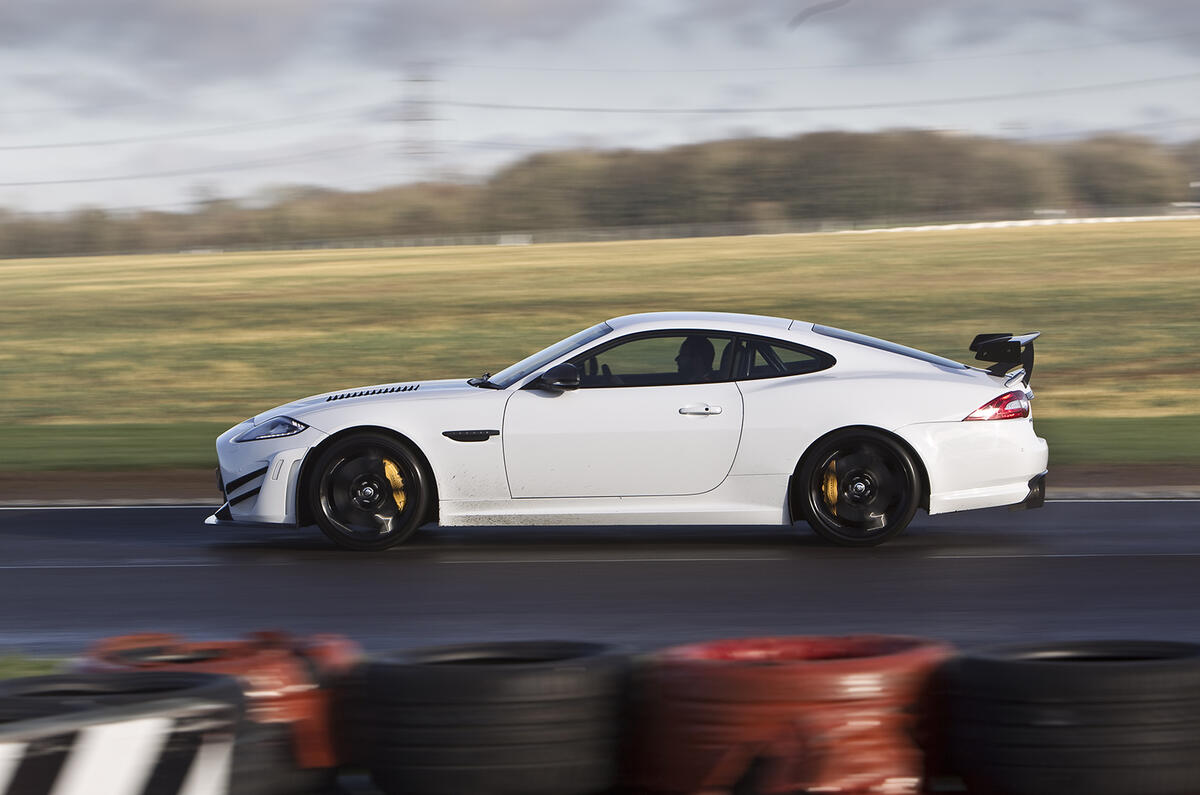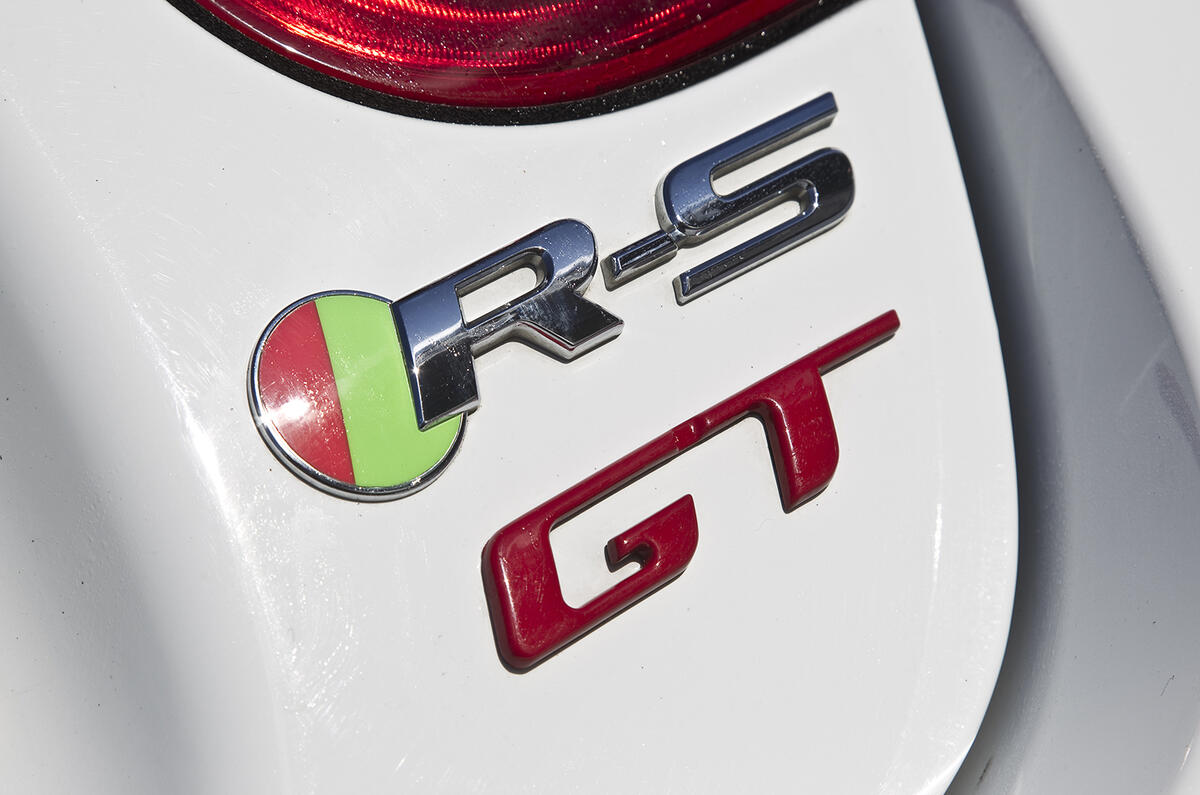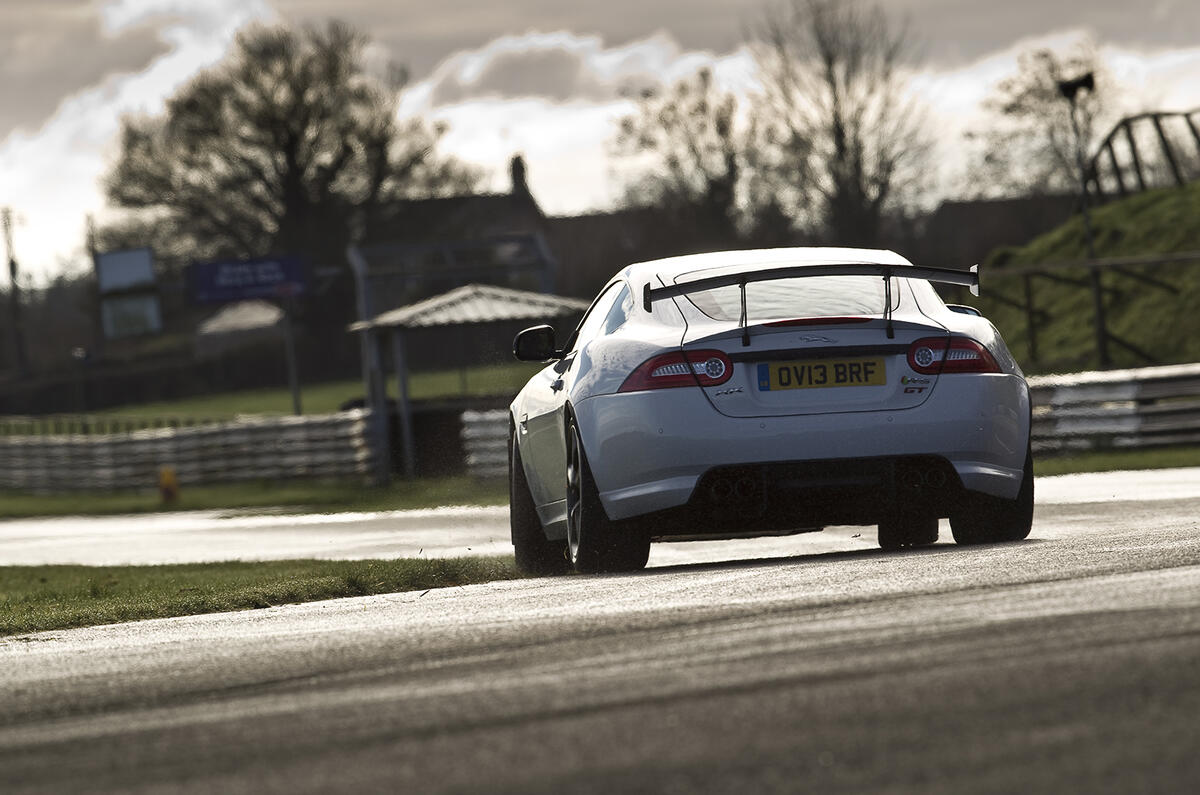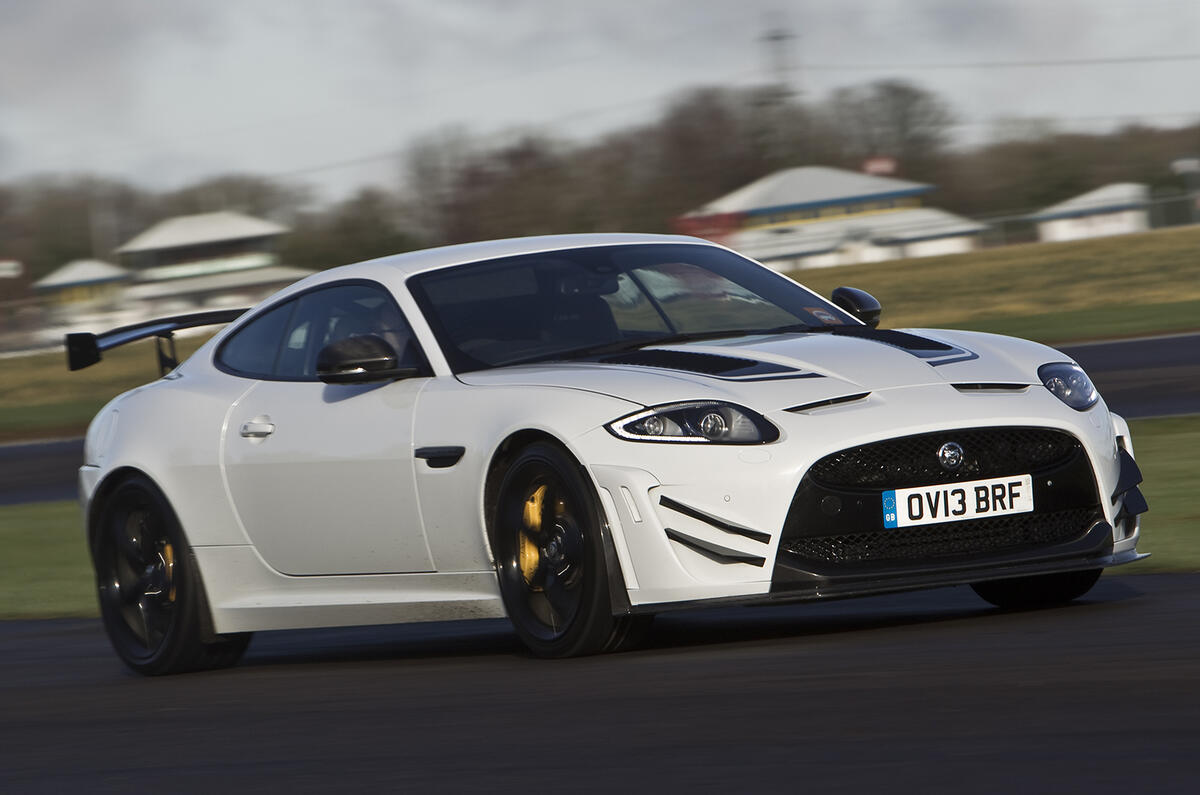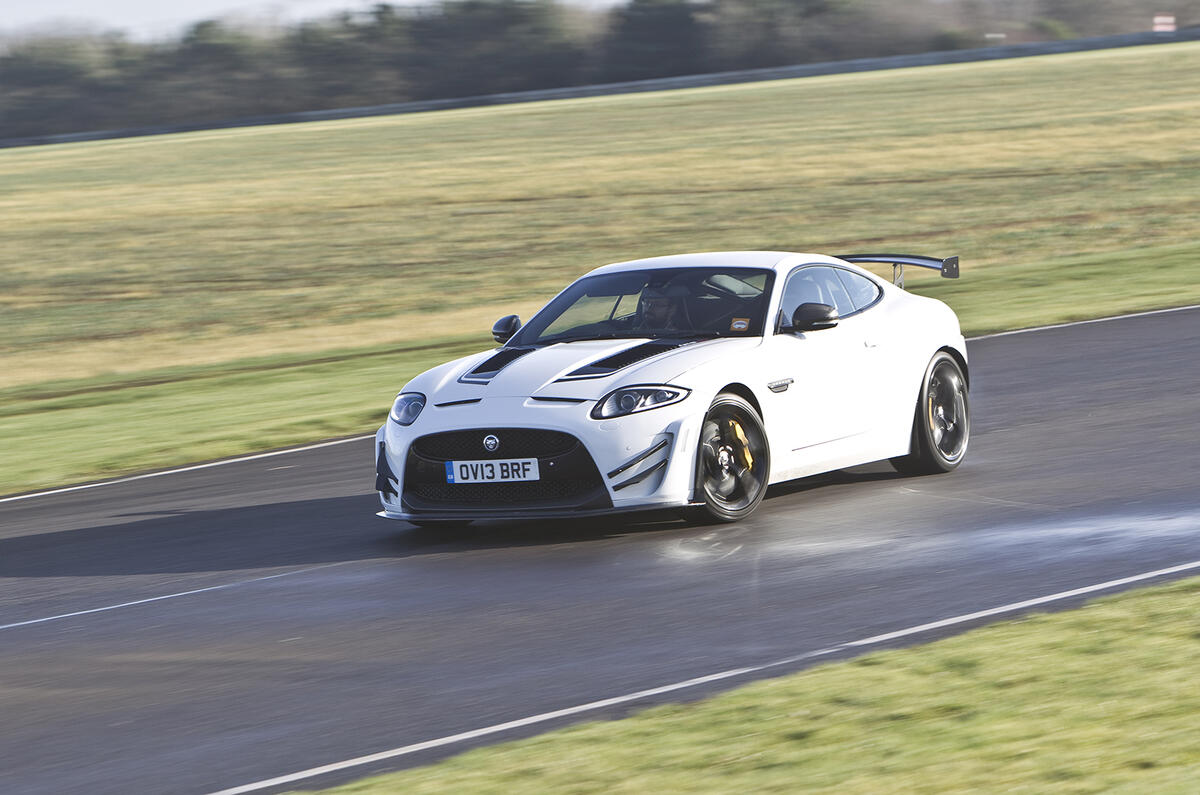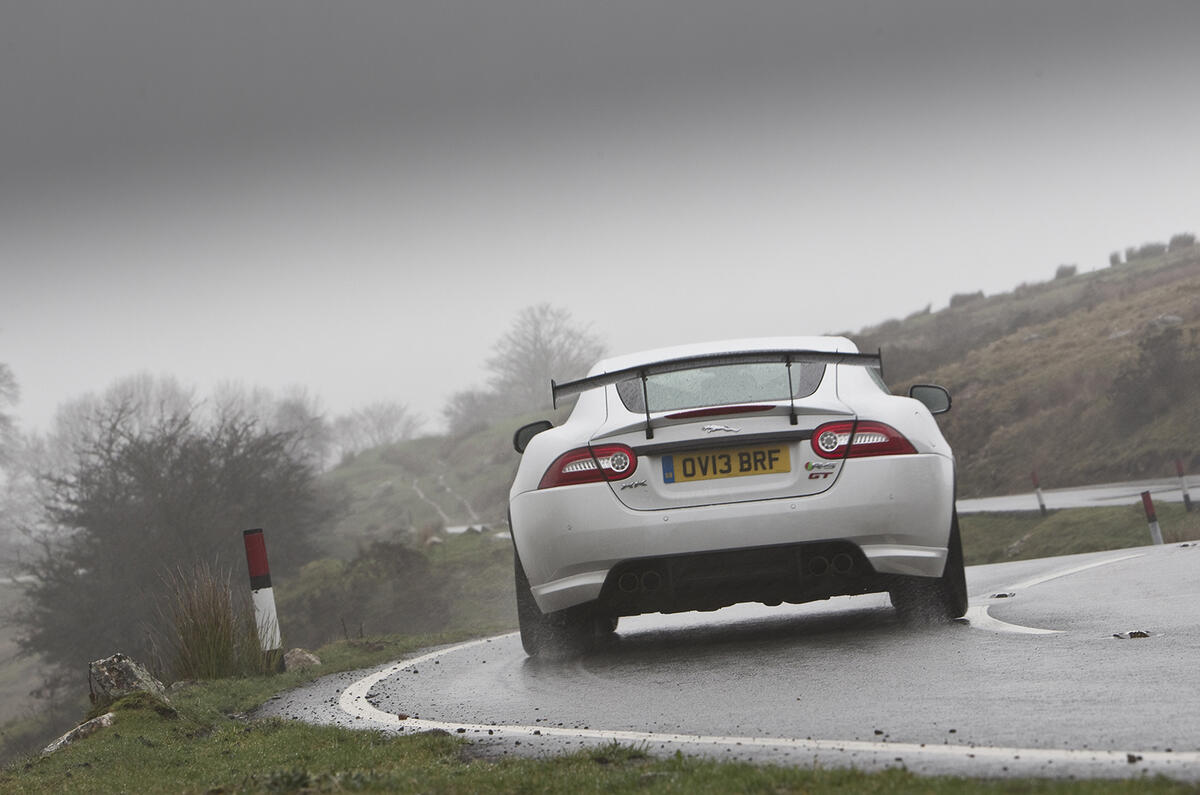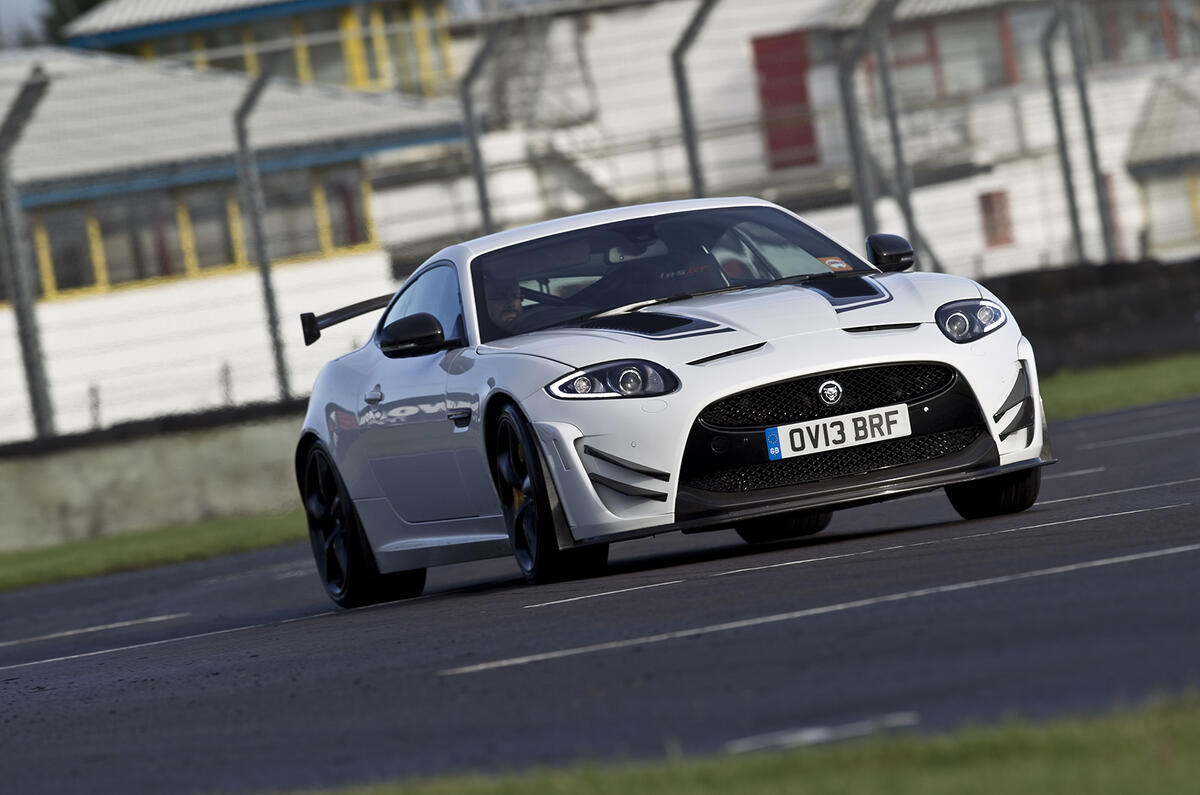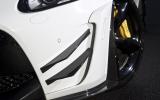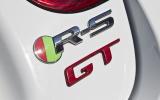It would be interesting to have been a fly on the wall during the board meeting in which the £135,000 Jaguar XKR-S GT was given the green light - because this, after all, is not a car that’s likely to bolster Jaguar Land Rover’s profit margins, despite its knee-trembling price tag.
Even so, it’s an important car for the company because, if nothing else, it shows just how boldly Jaguar is thinking nowadays. A decade ago a car as wild as the bespoilered, bewinged, 186mph XKR-S GT wouldn’t have been given a moment’s thought by the Jaguar brass, but now it’s here, in the flesh, grabbing the headlines and running with them in a manner that is totally out of proportion to the amount of money it cost to develop.
Jaguar announced to the world that it would build just 30 such examples, each of which would be left-hand drive and destined for the US market. Which is when the XKR-S GT story got even more interesting.
Because as soon as that initial run of LHD cars was announced, the phones at JLR began to ring. And ring. There were quite a few more people interested in buying an XKR-S GT than Jaguar’s board imagined. Hence the reason why the car you see here appears in right, not left, hand drive: Jaguar now says it’ll make at least 10 more cars for the RHD market, possibly as much as 20 if there is the demand.
So I guess the question is this; is the XKR-S GT worth all the hoopla that surrounds it? Does it drive as good as it looks? Or is it ultimately just a great big marketing exercise; a vehicle that carries a message - and a very big rear spoiler - but not much else when push comes to shove?



